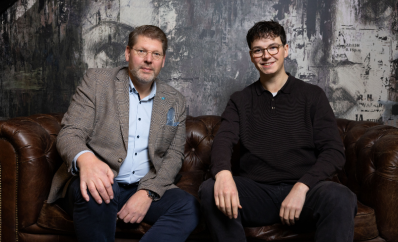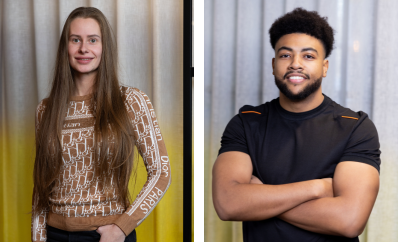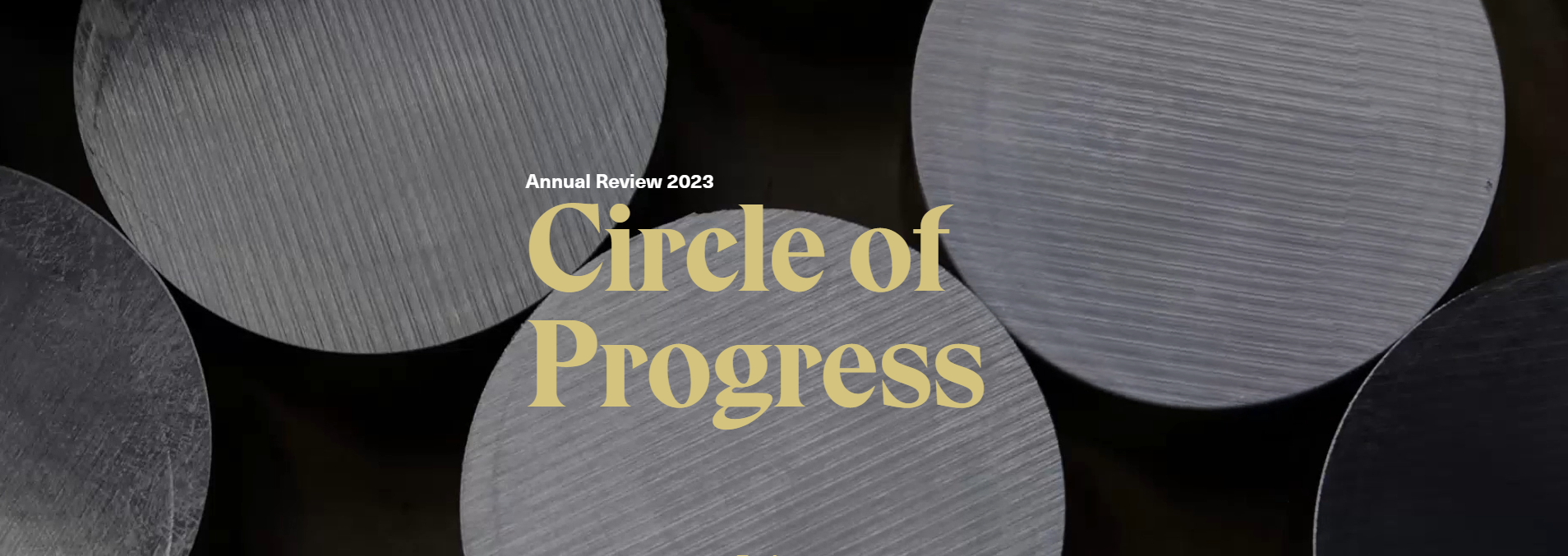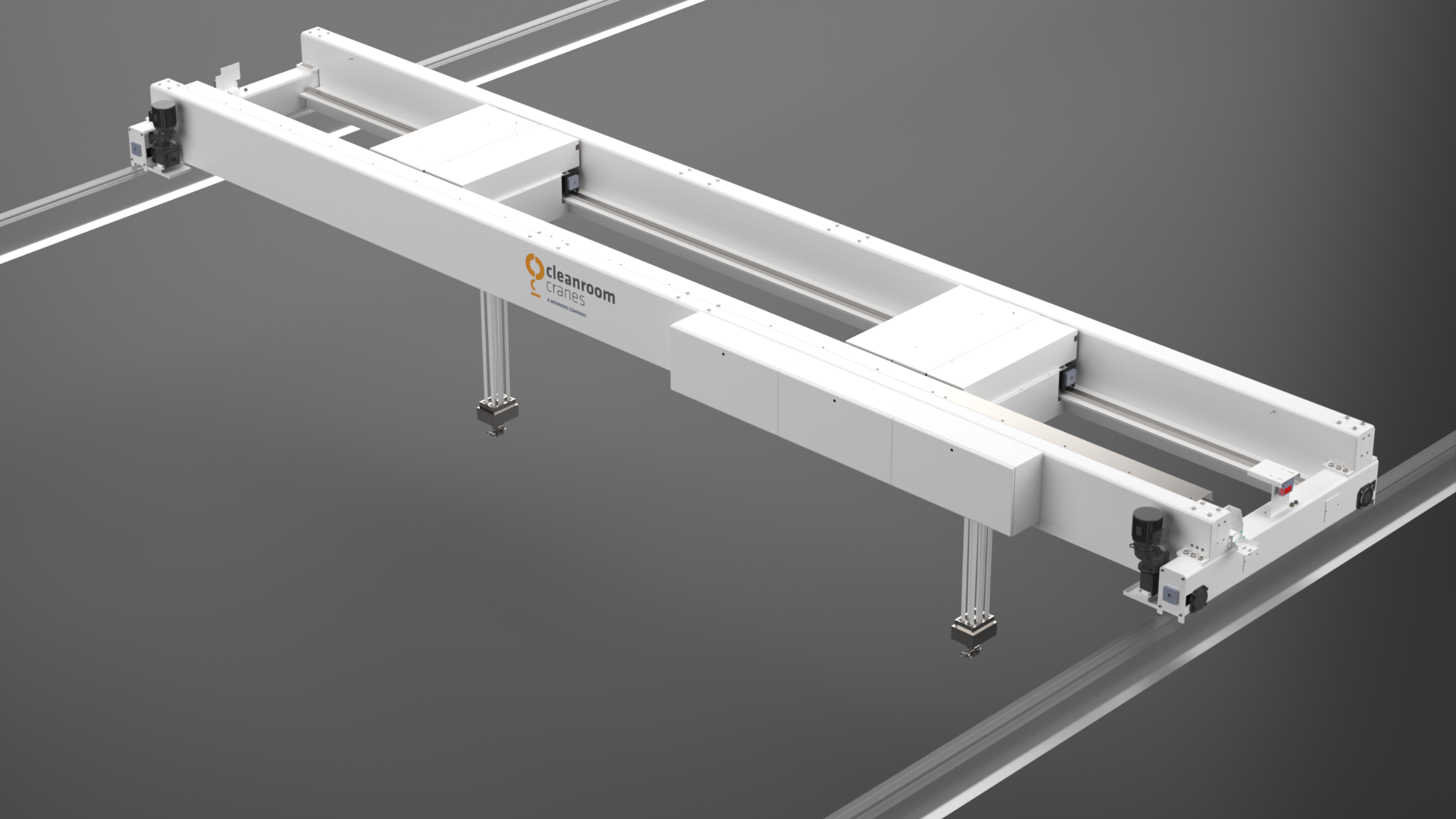How the engineering process works at Mennens Cleanroom Cranes
engineering (3)
By Timo Totté, Manager Engineering
Engineering is crucial in achieving a lifting solution for a cleanroom or controlled environment. What does this involve? In this blog, I will take you through our engineering process step by step.
1. Definition phase
Engineering a cleanroom crane begins with drawing up the requirements and desired specifications. We call that the definition phase. During this phase, we discuss with the customer the exact requirements that the crane will need to meet.
This could include requirements for:
- maximum deflection of the crane
- lifting load/required accuracy when positioning the load
- maximum number of particles the crane is permitted to disperse (cleanliness)
- cleanability of the crane (easy to clean)
- hoisting and traveling speeds of the crane
- environmental requirements
We document all of the requirements and specifications agreed upon in detail. These requirements serve as the basis for the crane design.
2. Risk assessment
Once the requirements have been defined, the next step is the risk assessment. In this phase, we often already have a clear idea of what the crane should look like. This provides us with a basis for identifying the potential risks of the particular lifting solution at the customer’s site.
This could include risks related requirements like, crane stiffness, contamination and lifting range and so on. We address the risks where necessary by introducing mitigating measures – all in consultation with the customer, of course.
3. Concept phase
After that, our team of engineers gets started on the concept design. We create a few preliminary 3D sketches based on the requirements. We consider all the potential solutions and discuss them internally. We continue fine-tuning the lifting solution until it meets the requirements specified.
We break down the product development process into milestones, which gives us a good overview of the completion phases and the steps we still have left to work through. We regularly check in with the client to discuss the choices (made).
Once the concept is in place, we do the initial calculations. And when the client gives his approval, we move on to the detailing phase.
4. Detailing phase
In this phase, we perform complete structural calculations and determine whether the concept is feasible. This also involves sitting down with our suppliers. For instance, we discuss whether certain parts can be welded or whether that would cause the material to warp. Any warping would have an impact on the design and in this case we may have to come up with another solution.
We keep track of all the design choices in trade-off tables. This is where we prioritise the various detailed solutions based on advantages and disadvantages, while bearing in mind the requirements agreed upon. One concept may be stronger in terms of deflection, for example, but have a less favourable effect on torsional stiffness than another solution. The aim is to work together with the customer to reach informed and well-founded decisions for the lifting solution.
In this phase, a constant stream of drawings and calculations are made to further develop the lifting solution. Once the detailed design is approved, the delivery process then follows.
5. Delivery phase
For us, delivery consists of a fully developed 3D model of the lifting solution, including a set of 2D drawings and a bill of materials. This list includes all the materials and components required for the crane, which can then be ordered all at once.
Once the 3D model and bill of materials have been released in the system, all of the materials can be purchased. From that point, our operations team takes over. They handle the production of the crane.
Our production colleagues build the crane according to our manual and work instructions. Occasionally, there may be a situation where the solution we have drawn up in 3D doesn’t quite turn out as expected in practice. In that case, we coordinate with production on what needs to be improved and go back to the drawing board to find a suitable solution.
The final phase of crane delivery is validation through testing, the aim of which is to demonstrate that the predefined requirements have been achieved. Data is logged, analysed and discussed with the end customer.
Tooling for transport
We also take care of aspects like any potential tooling needed to ensure a seamless installation of the crane on site. For instance, we recently designed an ingenious solution that allowed us to easily move our cleanroom cranes through a space using air cushions (similar to a hovercraft) in rooms with smooth floors. In other words, we also consider handling, transport and installation on site. Anything to ensure the most seamless and efficient process possible.
Of course, this is a general outline of our engineering process. There are plenty of details that come into play.
Learn more
Interested in learning more about the added value of a cleanroom crane for your process and organisation? Or would you like more information about the options? Contact us.
Reading tip
Now that you know about our engineering process you might be wondering what it is like to work at this department. You can find out in the interview Engineering requires creativity and smart solutions with our engineers Timo and Connie.





.jpg?width=414&height=414&name=Contact%20image%20414x414%20(1).jpg)